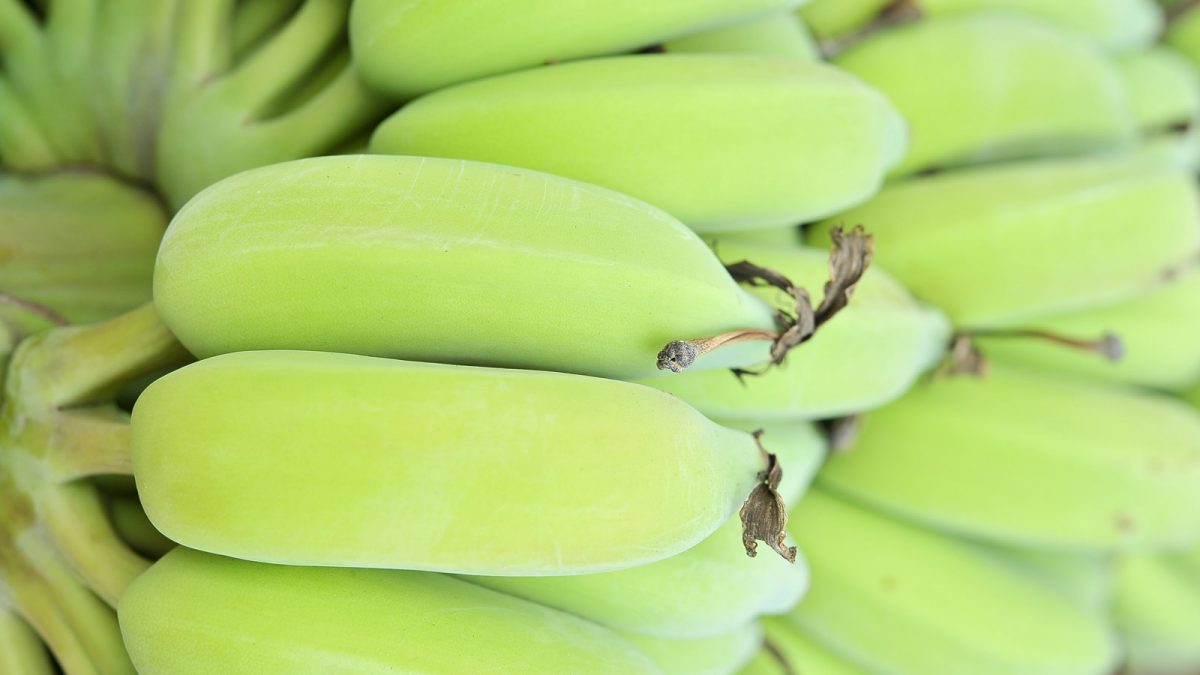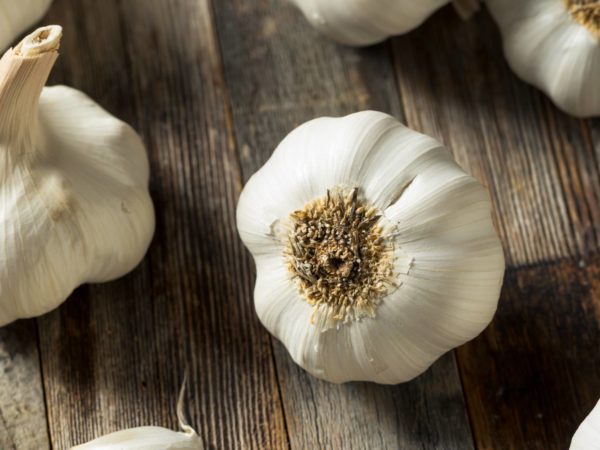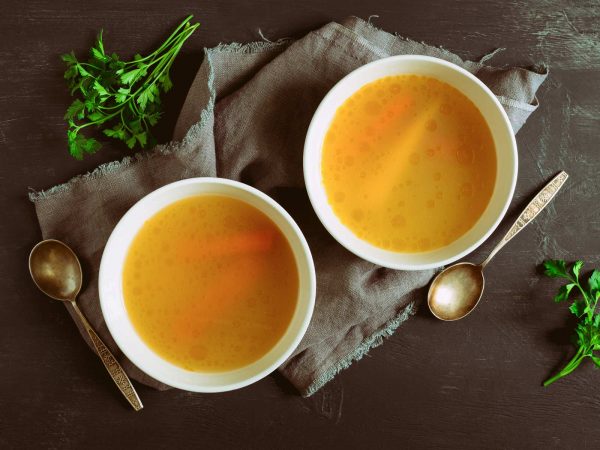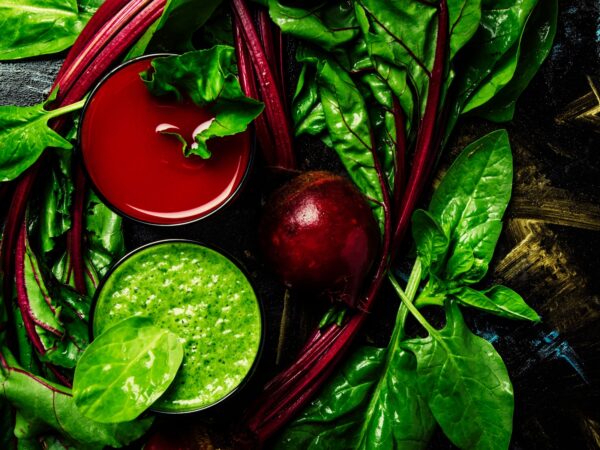Resistant Starch: The Un-Carb for Optimum Health
You probably know that eating the diet our ancestors enjoyed – rich in healthy fats and protein accompanied by an array of colorful vegetables (and a little fruit) – is the key to a trim waistline and a long, disease-free life.
Eating this way also means keeping blood sugar levels balanced by choosing slow-digesting carbohydrates, and only in small amounts (about 15-20% of the total diet).
And while most of us eat far too many carbs, there’s a beneficial carbohydrate that’s lacking in most modern diets: Resistant starch.
Resistant Starch: The Un–Carb That Balances (Not Boosts!) Blood Sugar
When you hear “starch” you probably think of white potatoes, fluffy white bread and processed foods. And if you’re concerned about your health, you know that these “whites” top the list of foods to avoid.
But resistant starch (RS) is different.
Unlike other forms of starch which are rapidly broken down into sugars (raising blood sugar and insulin levels), resistant starch passes through the stomach unchanged by digestive enzymes.
But RS doesn’t just escape digestion. It actually improves insulin sensitivity, both in healthy people and in those with metabolic syndrome, and can even help to lower blood sugar at later meals (called the “second meal effect”).
Not only does RS help to reduce blood sugar and insulin levels, it has also been found to boost fat burning significantly.
Stay Full and Burn More Fat with Resistant Starch
Research conducted at the University of Colorado found that resistant starches can boost your body’s fat burning capability by 20-25%!
Researchers also found that when RS is enjoyed at breakfast, the fat-burning effects continue throughout the day. The study also showed that RS to helps prevent weight re-gain.
What’s more, foods containing resistant starch boost two key satiety hormones: glucagon-like-peptide (GLP-1) and peptide YY (PYY).
Ratcheting up your fat-burning furnace and feeling more satiated on less food equates to a leaner, healthier you.
And while losing body fat and quelling hunger are good enough reason to add RS to your diet, there is something even more important that resistant starch can do…
Boost Your Immune System, Ward Off Cancer and Optimize Gut Health
As a prebiotic, RS promotes the growth of “good” bacteria in the gut. Research shows that more than 70% of our immune cells reside in the gut, and maintaining healthy gut flora is a key to healthy immunity.
But RS doesn’t just feed the flora – it feeds our cells too.
As the bacteria ferment RS, important compounds called short chain fatty acids – including butyrate – are produced. Butyrate is the preferred fuel for colon cells, helping these cells to remain healthy and reduce inflammation.
Resistant starch also lowers pH in the colon, guarding against DNA damage and creating an environment where damaged cells can’t thrive.
The 4 Healthiest Sources of Resistant Starch (And How to Maximize It in Your Foods)
Our Paleo ancestors are believed to have consumed up to 135 grams of resistant starch per day, primarily from raw bulbs, tubers, barks as well as cattails and cactuses – with “raw” being the operative word.
You see, while resistant starch isn’t broken down by stomach acid, its conformation is changed by heat. When cooked, RS becomes digestible like any other carbohydrate.
But there is a caveat: Cooking, and then cooling foods that contain resistant starch will make it partially recoil back into its unique “resistant” structure. That’s why cooked and cooled pasta, rice, beans and potatoes are good sources of RS.
But you don’t have to eat grains or legumes to get the benefits. In fact, there are several excellent sources of resistant starch that are in the form closest to what our Paleo ancestors consumed (sans anti-nutrients and inflammatory compounds). Here they are:
- Green Banana Flour: Made from unripe bananas, green banana flour can be used to make a wide variety of breads, breakfasts and baked goods or stirred into a smoothie.Until recently, green banana flour was difficult to find in the U.S. However, one of Healing Gourmet’s featured “Best Brands” – a company called WeDo Gluten Free – recently brought this product to the U.S. market. You can visit their website or look for their green banana flour in stores near you.
- Raw Green Bananas or Plantains: When green, bananas and plantains contain a high proportion of RS. As they ripen almost all of the RS becomes regular digestible carbohydrates and sugars.
- Organic Unmodified Potato Starch: Made from raw potatoes, unmodified potato starch is a great source of RS. Because potatoes are a crop with high pesticide contamination, choose organic.
If you choose to cook with resistant starch, remember to cool it to allow it to regain its native spirals. Chilling in the refrigerator for a few hours or overnight has been shown to do this, in part.
If you want to go the “raw” route, start off by adding a teaspoon of green banana flour or organic unmodified potato starch to your smoothie and work up to a tablespoon.
In addition to the numerous “behind the scenes” benefits of resistant starch, many people report experiencing better sleep, more vivid dreams, higher body temperature and improved thyroid function.
Consider adding a healthy source to your ancestral diet to boost gut health, enhance immunity and improve your metabolism.
Are you including resistant starch in your diet? If so, what is your favorite form?




Leave a Reply